Cornell University
Latest
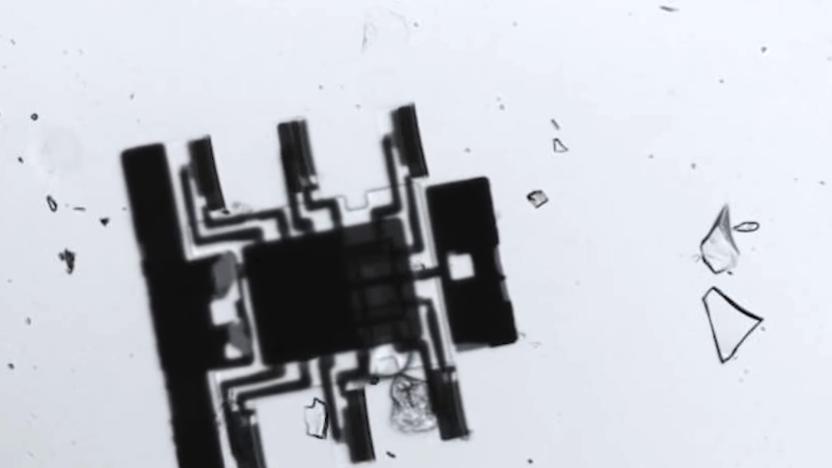
Microscopic robots walk autonomously using simple 'brains'
Scientists have built extremely small robots that can still move autonomously using 'brains.'
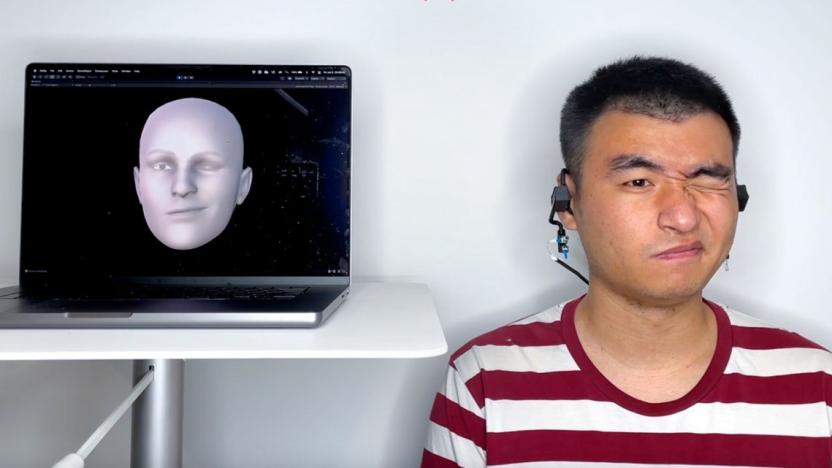
Researchers made a sonar-equipped earphone that can capture facial expressions
The 'earable' bounces sound off the inside of the wearer's cheeks to detect face movements.
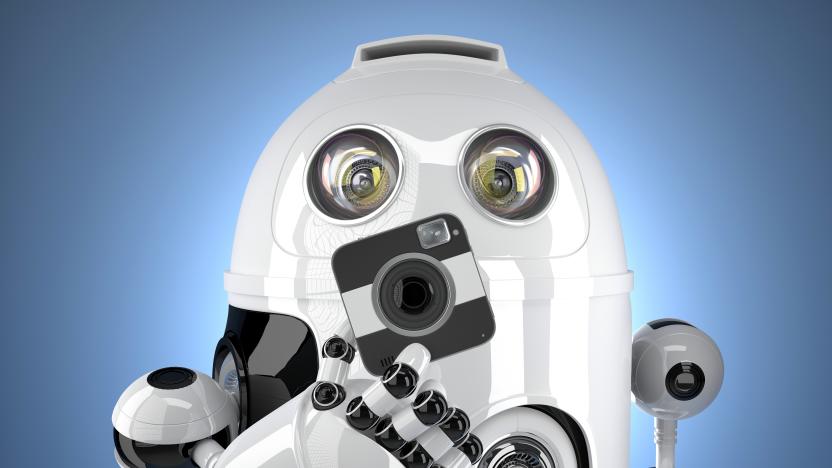
Cornell researchers taught a robot to take Airbnb photos
A team of Cornell University researchers took a state of the art computational aesthetic system and taught it to take its own pictures.

Hitting the Books: How Bitcoin is somehow worth more than the paper it's printed on
In 'The Future of Money,' Senior Professor of Trade Policy at Cornell University, Eswar S Prasad deftly examines how we collectively assign value to cryptocurrencies like bitcoin and what that means for the economics of tomorrow.

Why every robot needs a spiffy hat
Tomorrow's robotic workforce will be just like us, putting their robo-pants on one leg at a time.

Researchers built an AI that plays chess like a person, not a super computer
They trained Maia on millions of online games played by humans.
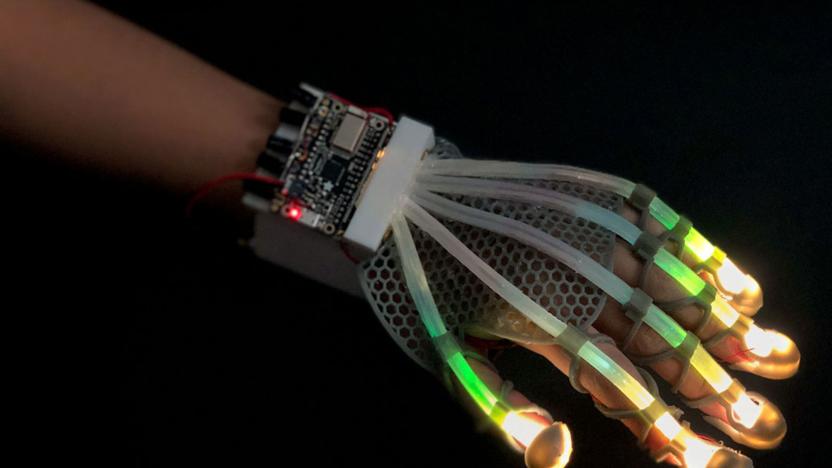
Stretchable skin sensor could help you touch things in VR
Cornell researchers have made a stretchable skin sensor whose light-based approach could bring human-like touch to VR and robots.
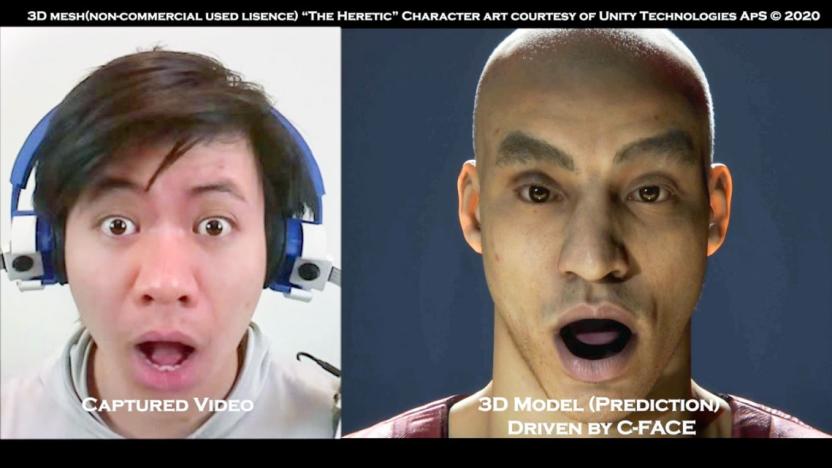
Cornell researchers created an earphone that can track facial expressions
The team says C-Face works even when the subject is wearing a mask.

Cornell's VibroSense makes appliances 'smart' by tracking their vibrations
Cornell University's VibroSense gadget tracks your appliances like Sandworms.

Cornell University's laser-activated robot is smaller than a paramecium
Researchers from Cornell University unveiled an entire robot that is teensy enough to fit most anywhere in the human body — yes, even in there — and inexpensive enough to produce on a mass scale. The walking robots are the creation of Cornell physics professor Itai Cohen, professor of physical science Paul McEuen, and assistant professor at the University of Pennsylvania, Marc Miskin.
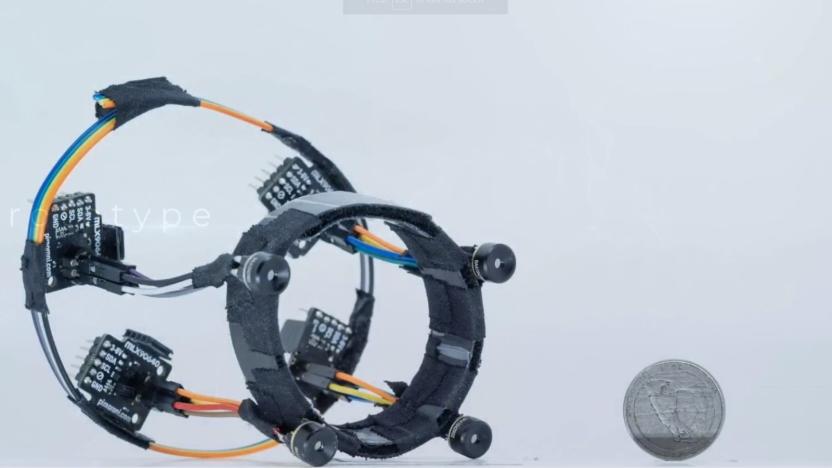
Wrist-mounted wearable tracks your hand in 3D using thermal sensors
Scientists have developed a wearable that uses thermal imaging and AI to accurate create a 3D model of the hand.

Intel’s neuromorphic chip learns to ‘smell’ 10 hazardous chemicals
Of all the senses, scent is a particularly difficult one to teach AI, but that doesn't stop researchers from trying. Most recently, researchers from Intel and Cornell University trained a neuromorphic chip to learn and recognize the scents of 10 hazardous chemicals. In the future, the tech might enable "electronic noses" and robots to detect weapons, explosives, narcotics and even diseases.
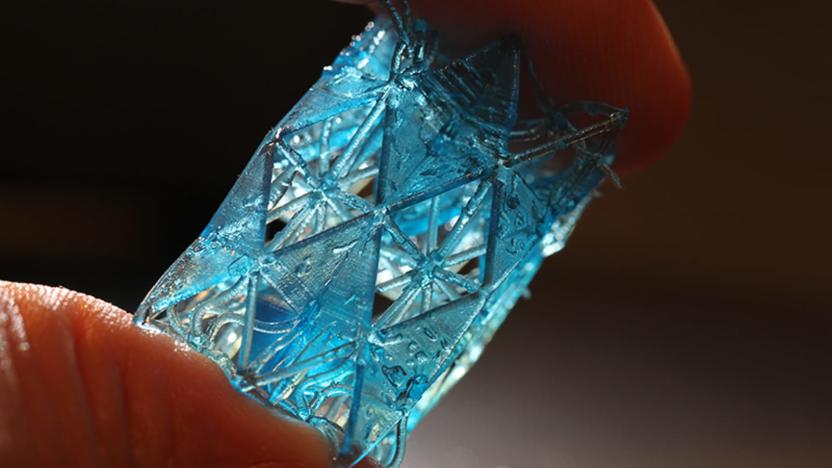
Researchers create bone-inspired 3D-printed building materials
You may not think of your bones as buildings, but researchers do. A team from Cornell University, Purdue University and Case Western Reserve University believes that by studying the internal structure of bones, they may be able to 3D-print stronger construction materials for homes and buildings.

Tipping point: The gig economy hits delivery drivers in their wallets
Tipping is ubiquitous to the American service industry with consumers encouraged to give "a little something extra" to their waiters, bartenders, and baristas, dry cleaners, dog-walkers and delivery drivers. But it wasn't always like this. The practice of tipping started in England and made its way to our shores at the turn of the 18th century where it met strident social opposition. Deemed the "vilest of imported vices" by an 1899 NYT op-ed, anti-tipping sentiment reached its peak in 1915 when six states outlawed the practice outright. Since then, tipping has grown into the status quo, so much so that restaurants are allowed to pay their tipped staff less than the federal minimum wage and nobody even bats an eye, though the practice is once again falling out of favor -- this time at the hands of the gig economy.

Scientists created a CRISPR tool that can wipe out longer pieces of DNA
An international team of scientists have developed a new CRISPR-based, gene editing tool. The researchers, led by the University of Michigan and Cornell University, compare the new tool to a shredder capable of wiping out long stretches of DNA. In comparison, previous CRISPR tools have been more like scissors that make individual snips. With the new method, scientists hope they might better understand various diseases and develop more advanced treatments.

Watson is helping heal America's broken criminal-sentencing system
The American criminal-justice system's sentencing system is among the fairest and most equitable in the world ... assuming you're wealthy, white and male. Everybody else is generally SOL. During the past three decades, America's prison population has quadrupled to more than 2.3 million people. Of those incarcerated, 58 percent are either black or Latino (despite those groups constituting barely a quarter of the general US population). The racial disparity in America's justice system is both obvious and endemic, which is why some courts have started looking for technological solutions. But can an artificial intelligence really make better sentencing recommendations than the people who designed it? We're about to find out.

Ancient mega-tsunamis hint at cold Martian oceans
3.4 billion years ago, a meteorite smashed into the northern plains of Mars, where an ancient ocean once stood. Its impact threw up a massive wall of liquid water that scarred the surrounding landscape with backwash channels as the water poured back into the Martian sea. A few million years later, after the Red Planet had cooled significantly, another huge chunk of space rock tore into Mars -- however, this time, the resulting tsunami was made of ice blobs that simply stuck wherever they landed rather than return to the sea.

Crafting the perfect tweet is one-third talent, two-thirds science
Random and fickle as social networks may seem, the success of an individual Tweet or Facebook post can be hugely dependent on the way it's worded. Some sentences will work well, while others will quietly implode in a puff of indifference. However, researchers from Google and Cornell University now claim that they can predict this outcome using straightforward linguistic rules. The rules may not be especially practical when it comes to actually crafting a Tweet (the main tips are: make it sound like a news headline, follow "community norms," and add more detail where possible), but there does seem to be decent statistical evidence to back them up.

Cornell 3D prints a working speaker -- coils, magnets and all
From the sound of it, it's not a very good speaker. But then, that's not quite the point. What's particularly cool there is that a team of Cornell researchers created the whole thing using 3D printers -- the plastic shell and conductive and magnetic pieces. The speaker marks a step toward a larger utopian vision where entire products are fabricated using such techniques, not simply shells and other miscellany. That's still a ways off, of course. Aside from the clear (or not so clear) sound issues, there are some roadblocks. For one thing, there's the fact that the job still required two separate printers for different components. Also, the speaker had to be hooked up to wires to play the audio clip of President Barack Obama name-checking 3D printing. Still, it's easy to see in the short clip below where things may be going.

Cornell scientists 3D print ears with help from rat tails and cow ears
Science! A team of bioengineers and physicians over at Cornell University recently detailed their work to 3D print lifelike ears that may be used to treat birth defects like microtia and assist those who have lost or damaged an ear due to an accident or cancer. The product, which is, "practically identical to the human ear," according to the school, was created using 3D printing and gels made from living cells -- collagen was gathered from rat tails and cartilage cells were taken from cow's ears. The whole process is quite quick, according to associate professor Lawrence Bonassar, who co-authored the report on the matter, "It takes half a day to design the mold, a day or so to print it, 30 minutes to inject the gel, and we can remove the ear 15 minutes later. We trim the ear and then let it culture for several days in nourishing cell culture media before it is implanted." The team is looking to implant the first ear in around three years, if all goes well.






